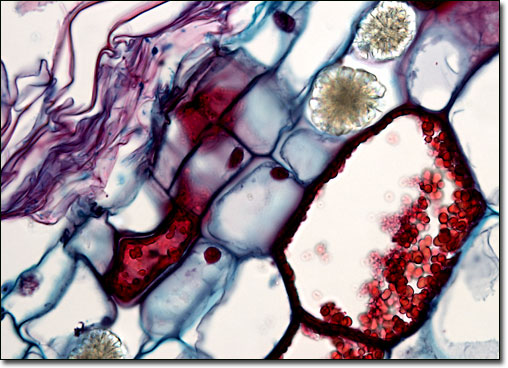|
Plants of the genus Zamia are primarily found in tropical areas of the Americas, though some also occupy subtropical regions. Indeed, these cycads were once important to many Native American tribes, especially the Seminoles that inhabited parts of Florida. The Seminoles called the plants coonties and often dug up their starchy, turnip-like stems for practical use. After washing them and cutting them into pieces, the stems were typically pounded into a powder. This powder was then repeatedly washed in water so that the starch would separate, resulting in a pasty substance that was fermented and dried back into a powder. The final substance, which today is sometimes referred to as Florida arrowroot, was a diet staple commonly utilized in a manner similar to flour.
|
